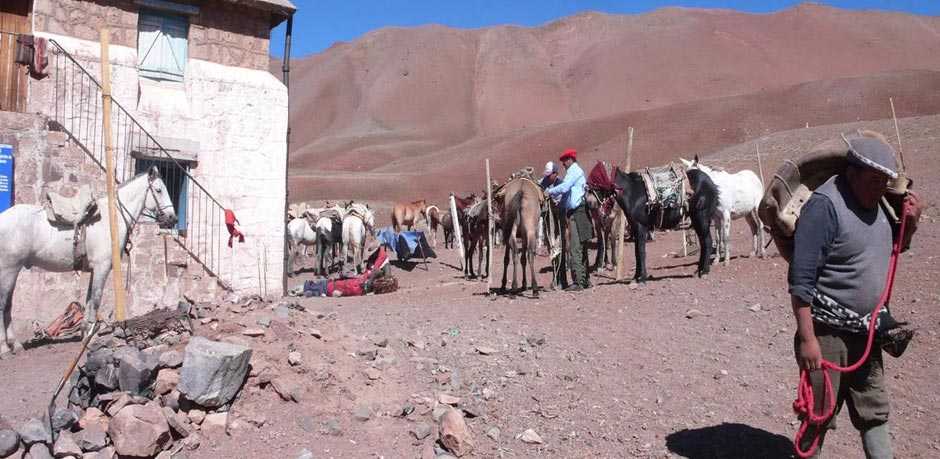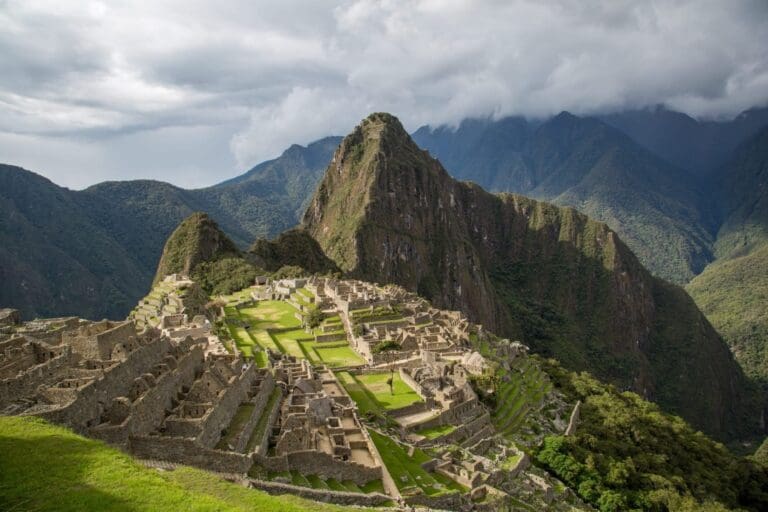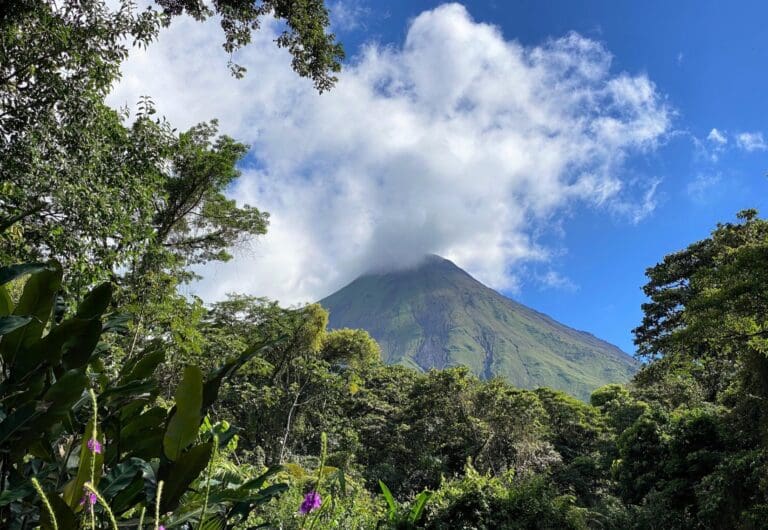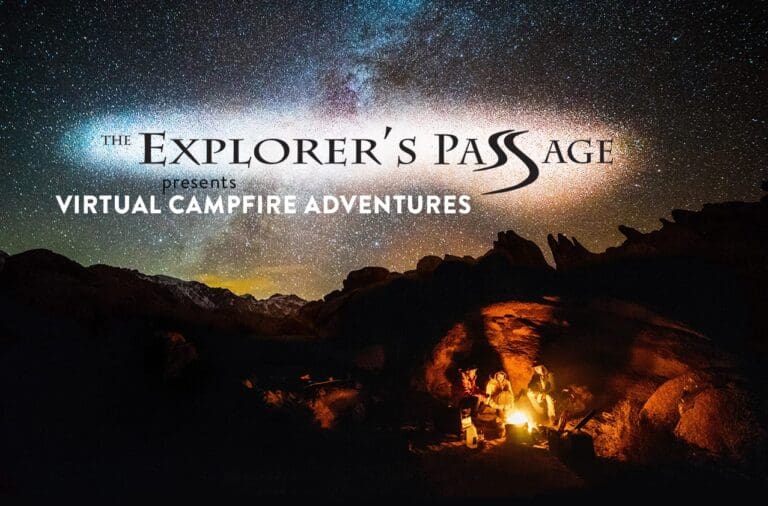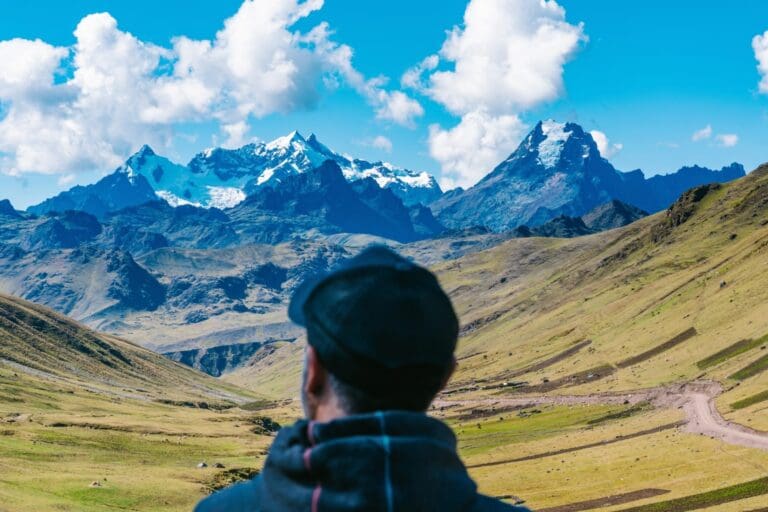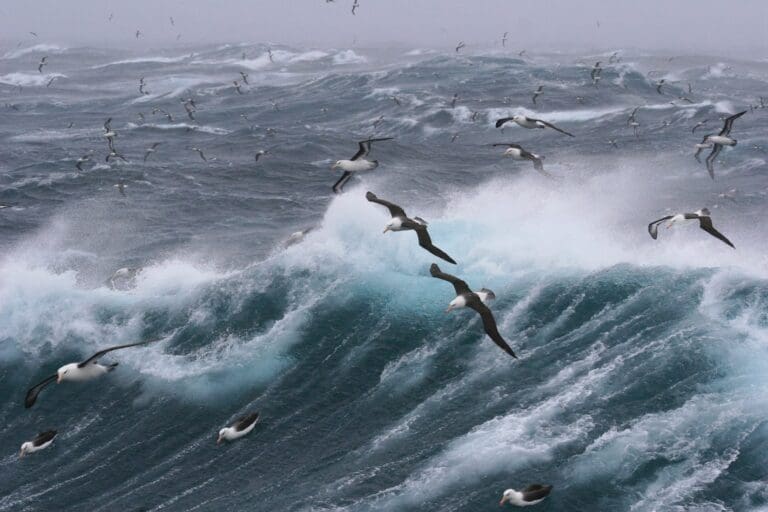The Army of the Andes: José de San Martin
Destination: Los Patos, Chile
Population: ~56,860
Elevation: 2,687 feet (819 meters)
While man was testing the limits of the atmosphere with balloons, discovering how to keep time with self-winding clocks, and acknowledging the independence of the United States of America, a young Argentine boy was setting sail with his family across the Pacific for Spain. And as George Washington was inaugurated as the first president of the US, this 11-year-old son of a professional soldier was about to begin his military career as a cadet in the Spanish forces, an ironic start for José de San Martin, a man who would eventually become a critical leader in the liberation of South America from Spanish domination.
Exactly 230-years later, I was testing the limits of my waterproof gear on the streets of Lima, Peru, discovering the delicious taste of leche de tigre (tiger’s milk), and acknowledging that rain does make for a good excuse to explore the insides of cities I might otherwise forego for the famed beaches in the area should the sun be shining.
Lima was designed in the same Arabic-Moorish architectural fashion of Seville, Spain. I walked block after block past charming Colonial-style structures, a sharp contrast to the sprawl of dilapidated apartments and shanties coloring the surrounding hillsides. Relaxing into the role of stranger in a foreign country, I wandered on, enjoying the occasional universal moment of kids playing soccer or old men kicking back in their chairs, staring at me.
Later that afternoon, I found myself in an impressive square gazing up at an even more impressive statue of a man on horseback. I snapped a photo but didn’t bother to read the inscription, distracted by the smells coming from a nearby food cart. I followed the wafts of roasting choclo, or corn with whitish kernels the size of pennies, and savored every last morsel before hailing a cab back to my hotel.
Three days and a few more samples of Peruvian-delicacies later, I boarded my scheduled flight for Santiago, Chile, a place that was to become one of my favorite cities in the world. With the awe-inspiring backdrop of the Andes looming behind the reflecting glass of commercial skyscrapers and glistening towers, the metropolis boasts a number of palaces, museums, cathedrals, and stunning public parks, not to mention savory gastronomic delights and a fascinating collision of cultures.
I hired a car and a guide named Gustavo from the hotel who could easily navigate the narrow streets so I could maximize my time investigating the diverse neighborhoods of this cosmopolitan mecca. From the stately buildings surrounding the picturesque Plaza de Armas to the eclectic cafes of the bohemian centre of Bellavista, Santiago presents a feast for the senses around every corner. I even had a chance to hike up to the top of Santa San Cristobal and, as I caught my breath, relished the iconic scene before me of a booming city dwarfed by some of the world’s greatest mountains.
I found myself in an impressive square gazing up at an even more impressive statue of a man on horseback.
On our way back to the hotel, we passed La Moneda Palace. Gustavo pointed out that this neoclassical building was the home of Chilean presidents until 1958 and is today the seat of the Chilean government. Sensing my interest in Chile’s history, he explained Chile did not gain independence from Spain until 1818 after the combined efforts of Argentine and Chilean divisions led a daring assault over the Andes. Two successful battles ensued, securing Chilean freedom and opening the door to the emancipation of Peru, what some leaders saw as the key to ultimate hemispheric victory over Spain.
I said adios to Gustavo and headed into the hotel lounge for a Pisco Sour, a drink consisting of a South American-liquor called pisco and a twist of Pica lime, the Chilean specialty. Turns out both Peru and Chile claim this cocktail as their national drink (though English and American bartenders introduced distinctive variations of the beverage to each country in the first place). I sipped and listened to the waitress as she laughed about the trivialities of this small source of national pride.
As she talked, I noticed an impressive painting hanging behind her on the wall above the bar. The dated oils captured well the impressive air of a military man on horseback. The painting reminded me of another work of art I’d seen recently. I pointed it out to her and inquired of the story.
She turned and looked up. A sense of honor came over her face as she enlightened me on the man who is considered one of the George Washington’s of South America: General José de San Martin. Not only the founder of Argentine independence, this war hero also led the liberating Army of the Andes over Paso de Los Patos in his quest for freedom for South America. His name represents the American ideal of democracy, justice, and liberty, and is on many a local street, building, or statue.
I showed her the photograph I’d taken in Lima of the statue in, what I now realized, was Plaza San Martin. She told me in more detail the tale that Gustavo had touched upon: how, in 1817, San Martin and fellow Chilean and Argentine principals led an army of 5,000 men across the Andes from Mendoza to Santiago and fought a great battle at Chacabuco, securing Chilean freedom and paving the way for the army to attack the Spanish stronghold of Lima, Peru.
And so it was in 1821, after running the Spanish out of Peru without firing a bullet, that San Martin was appointed Protector of Peru, where he served as president for a year before officially tiring of politics. After a life of service, he and his daughter moved to France, where he died in 1850, the same year California was admitted as the 31st state, Harvard Observatory photographed a star, and gold was discovered in Oregon.
The crossing of the Andes intrigued me. I imagined myself in San Martin’s army following the steep slope of scree and crumbling slides with the towering Aconcagua in the background. I needed to experience this for myself.
The crossing of the Andes is intriguing. Imagining San Martin’s army following the steep slope of scree and crumbling slides with the towering Aconcagua in the background. What made this feat even more astonishing was that it took place during the harsh Southern Hemisphere winter, with freezing temperatures, snow, and ice adding to the challenge of navigating such unforgiving terrain.
She wrote down the name of a guide in the small town of Los Patos who knew of the path that San Martin had led his army over that summer so long ago. After thanking her, paying my tab, and packing my bag, I hailed a cab and headed toward Los Patos. I couldn’t believe the story I’d stumbled upon and could not wait to see up close what mountains this admirable man overcame in the name of freedom for his land.
Chao, amigos!
Jeff
Jeff Bonaldi
Founder & CEO
The Explorer’s Passage
About Jeff Bonaldi
Jeff Bonaldi is the Founder and CEO of The Explorer’s Passage, a premier adventure travel company. His mission is to provide travelers with the opportunity to transform their lives and the planet through the power of adventure.
Learn more about Jeff’s story and his company HERE.
Share this post!

